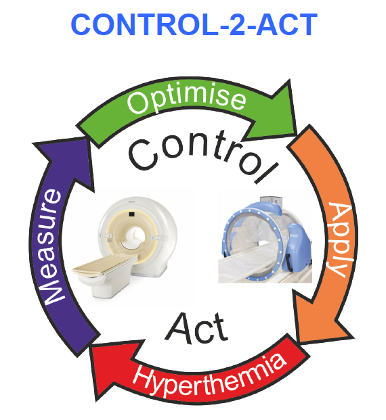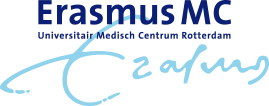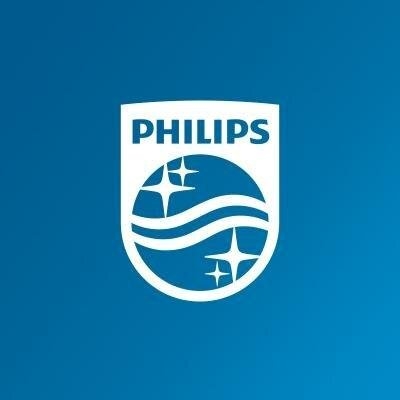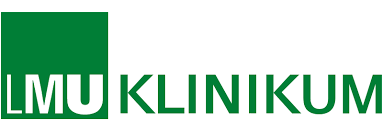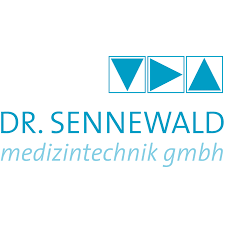Improving hyperthermia for more efficient cancer therapy
In the project Control-2-Act estimation, optimisation and control methods for MR-guided hyperthermia will be developed to improve the efficiency of existing cancer therapies. The potential and the feasibility of the envisioned approach is underlined by a broad consortium of leading clinics and companies.
Cancer is the number one cause of death in the Netherlands with almost 45,000 deaths annually and the incidence of cancer is expected to increase rapidly to 133.000 new diagnoses per year. In addition, the burden of toxicity in surviving patients is severe. As a results there is a strong need to improve the effectiveness of current cancer treatments. Hyperthermia therapies have the potential to fulfill this need. During hyperthermia therapy the aim is to heat the tumor to a temperature of 42-43oC, which significantly enhances the therapeutic efficacy of both radiotherapy and chemotherapy without adding extra toxicity to the healthy tissue.
To enable the broad application of local hyperthermia treatments, there is a strong need for personalised, adaptive and high-performance control to accurately regulate the 3D temperature distribution in the tumor. The research leading to the envisioned control technologies is based on a unique combination of multi-physics modeling, data-based estimation algorithms and efficient model predictive control strategies. The novel MR-guided hyperthermia cancer therapy enables step changes in the therapeutic efficacy of cancer treatment protocols that are key in bringing hyperthermia treatments towards clinical operation. The project Control-2-Act contribute to better oncology care for a broad range of patients with significantly increased probabilities of cure, shorter treatment times and lower toxicity levels, contributing to the patients quality of life.
